GPS Approaches
GPS Approaches – Video Transcript
Hi, and thank you for watching this training video presented by AeroGuard Flight Training Center. My name is Beth Brown and I’m a flight instructor with AeroGuard at our Deer Valley campus in Phoenix, Arizona.
Today I’m going to teach you about GPS Approaches, these are going to include LPV, LNAV/VNAV and LNAV along with some extra information about WAAS.
WAAS – Wide Area Augmentation Systems
Now when planning an IFR flight using GPS make sure you know what type of GPS equipment is on board. At AeroGuard our aircraft are WAAS was equipped. Having WAAS on board allows us to fly GPS approaches with lower minimums. Another benefit is that we can plan a GPS approach at both our destination airport and our filed alternate. WAAS equipped aircraft are also a substitute means of navigation for ground based Nav Aids. An example of this is when you use GPS to fly a VOR approach.
Now, non-RAIM and WAAS GPS – they’re not legal to fly IFR and they’re much better used for VFR flights. RAIM equipped aircraft are IFR legal as long as it’s TSO certified. WAAS equipped aircraft, they allow us to fly pretty much anything GPS related like I already said.
So now let’s talk about the GPS approaches – are they precision or non-precision and why? Some of them do have vertical guidance with the Decision Altitude, or ‘D.A.’, that seems like precision to me! Well it is precision-like and that’s about all it is. GPS is officially a non-precision approach because it does not meet the ICAO standards for a precision approach, like an ILS. This will affect your alternate selection in IMC because you will need to use the non-precision standard alternate minimums.
LPV, LNAV/VNAV, LNAV
Let’s start with LPV and that is ‘Localizer Performance with Vertical Guidance’. This is only available for WAAS aircraft. The LPV is the most precise because that CDI needle becomes more sensitive the closer you get to the runway. LPV will allow the lowest minimums – it’s close to 200 feet – and it also comes with a DA not an MDA.
Now before LPV came along LNAV/VNAV were the top dog. They were designed for Baro-aided GPS. Baro-aided GPS allowed the aircraft to receive vertical guidance from a non-satellite navigation source like the pitot-static system. They will have slightly higher minimums, but they still use a DA. Now the CDI sensitivity for this approach – it remains the same for each segment depending on what mode you’re in. As we approach two miles from the final approach fix the CDI sensitivity is one mile. Once you’re at two miles from the final approach fix to the runway, the CDI sensitivity becomes 0.3 miles.
And then lastly there’s the LNAV approach on the GPS approach plate and this is going to have the highest minimums because there is no vertical guidance. This approach uses an MDA instead of a DA. Now this approach follows the step-down fixes to the missed approach point.
Preflight Actions
When flying a GPS approach, make sure your approach mode is armed and sequencing. You will see in the center of your HSI the words ‘en route’, ‘terminal’ or ‘approach’. Once you’re in approach mode you will see the type of approach that is available to you, such as LPV or LNAV/VNAV or LNAV.
Now you may have briefed for an LPV with vertical guidance and a decision altitude but there could be a WAAS outage and that will not allow you to fly a GPS LPV approach. So, you need to adjust the minimums and follow the step downs changing your decision altitude to a minimum descent altitude. I have seen students fail on their check rides for not catching this, but really this creates a potentially dangerous situation in IMC.
Now when preparing to apply GPS approaches you will need to do the proper pre-flight actions; one make sure your databases are valid, check the RAIM predictions, make sure to check the NOTAMs confirming that there will not be an unexpected GPS outage.
Should there be a RAIM failure and you receive a no-RAIM enunciation – stop your descent and fly to the missed approach point contacting ATC. If RAIM is lost when crossing the final approach fix, you need to fly the missed approach procedure.
I hope this helps clarify GPS approaches, thanks for watching again and please like and subscribe. I’ll see you next time.

